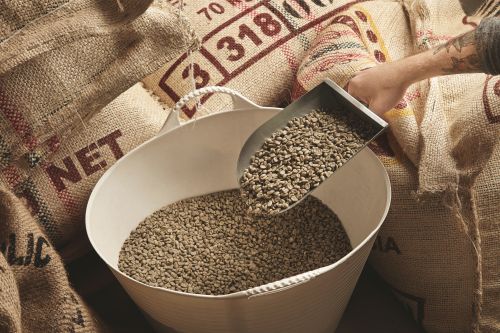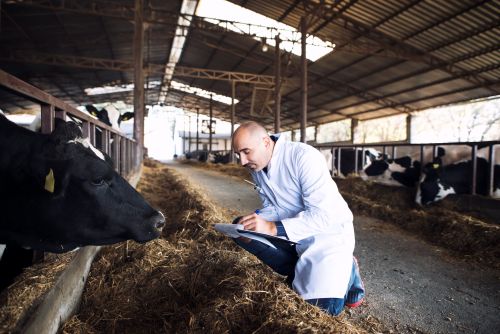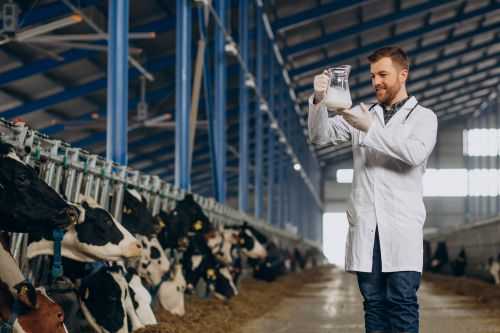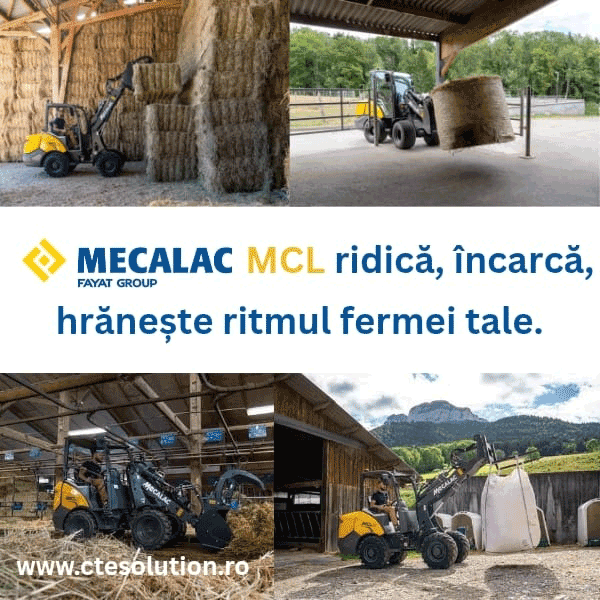920
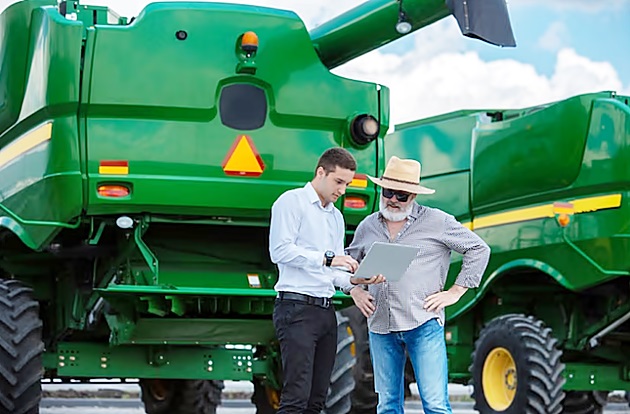
On a European scale, the agricultural sector is actively involved in generating sustainable energy. Extensive research is underway to further reduce greenhouse gas emissions, considering the ambition outlined in the Climate Agreement to achieve climate neutrality by 2050, as stated in an announcement published by FutureFarming.
A Challenge
However, reducing carbon dioxide (CO₂) emissions by approximately 1.1 to 1.5 megatons from mobile agricultural machinery proves to be a challenge.
The exact emissions from agricultural machinery are unclear. Diesel remains the standard fossil fuel, and there is little information available regarding possibilities to reduce the use of fossil fuels in agricultural machinery.
The Netherlands Enterprise Agency (RVO) is working on developing fossil-free agricultural machinery and promoting their purchase and use.
Five Routes
In collaboration with fossil-free agricultural machinery producers/importers, research institutions, industry associations, entrepreneurs, and RVO specialists, RVO has conducted research. From the research emerged five routes that could contribute to fossil-free agricultural machinery.
These routes were identified through desk research, 14 interviews with stakeholders, and an input session with various parties.
The five routes contributing to the sustainability of agricultural machinery are both technological and behavioral:
1) Renewable fuels,
2) Electric batteries,
3) Hydrogen,
4) Robotics, and
5) Behavioral change.
All five routes offer significant reductions in greenhouse gas emissions, and if sustainable electricity is used, zero emissions are even possible.
Lack of Clear Direction
The agricultural machinery sector itself does not have all possible options for sustainability and lacks a clear direction from the Dutch government on this issue. Therefore, a collaborative approach and development seem advantageous, as climate policy also requires a reduction in greenhouse gas emissions from agricultural machinery.
On the one hand, there is a lack of incentives among agricultural entrepreneurs, farmers, and other users to invest in more sustainable agricultural machinery. It remains costly, and there are no refunds or rewards offered.
On the other hand, there are few significant technological barriers to further greening agricultural machinery.
Requires Development
However, the technological routes still require research, further development, practical implementation, supply chain development, and (financial) support before they can be applied and have an impact on the climate transition.
The routes of renewable fuels, under certain availability conditions, and the electric vehicle route of up to 55 HP or even up to 120 HP, can already contribute to the sustainability of agricultural equipment in the short term.
The routes of robotics and hydrogen with fuel cells still require significant development before they can contribute to fossil-free agricultural machinery. Behavioral change, alongside technical solutions, can also lead to reduced use of fossil fuels, with good business outcomes.
It often involves adjustments in operations, such as less intensive soil cultivation and feeding with fresh grass.
Renewable Fuels
Generating and producing sustainable electricity and renewable fuels (biogas) in agricultural spaces can accelerate the transition to sustainable agricultural machinery, as the possibilities align with the proposed routes. The agricultural sector is already involved in biogas production. This biogas can be used in gas engine tractors after processing.
The transition to sustainable agricultural machinery, with a significant role for robotics, aligns with several other societal challenges in agriculture. Examples include improving soil quality, labor savings, precision farming for fertilization, and reducing the use of crop protection chemicals.
By greening agricultural machinery through the five routes described, gains can be made in both climate (CO₂ reduction) and the environment (reducing NOx, particles, soot emissions), and there is also a positive impact on other transition pathways in agriculture. (Photo: Freepik)
